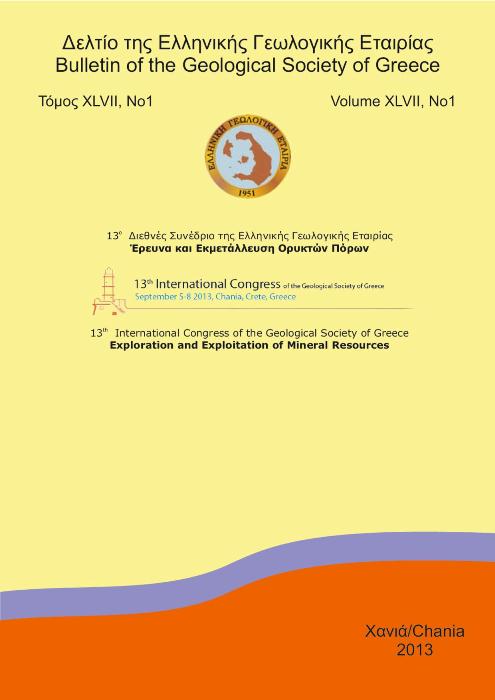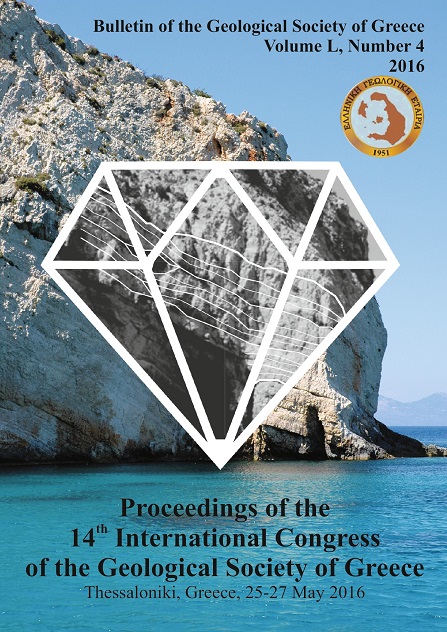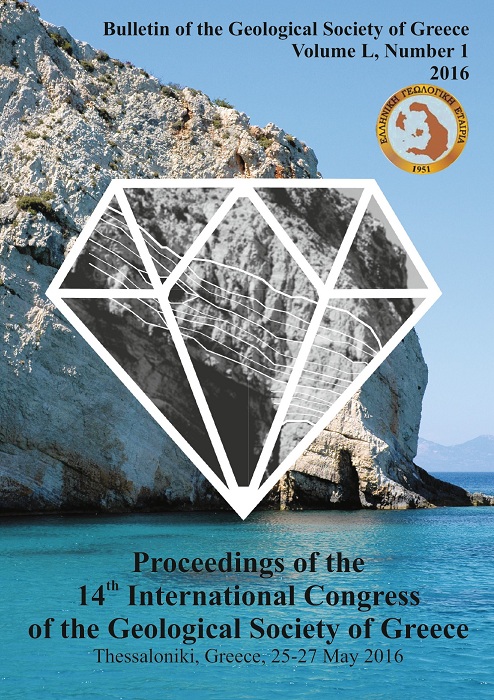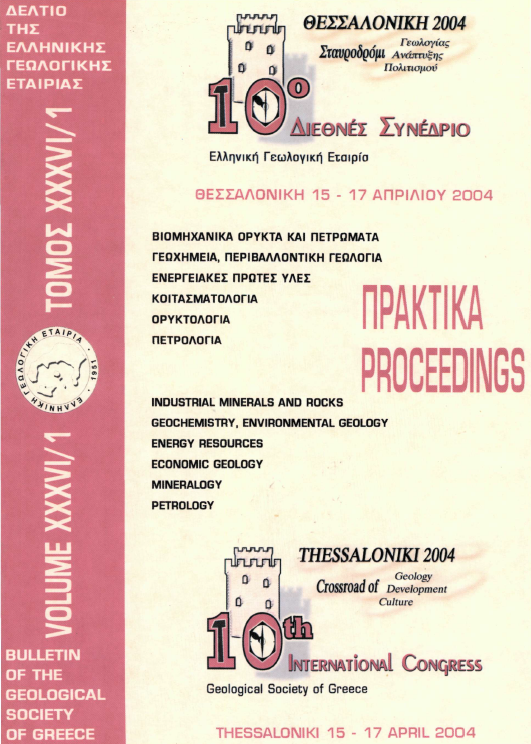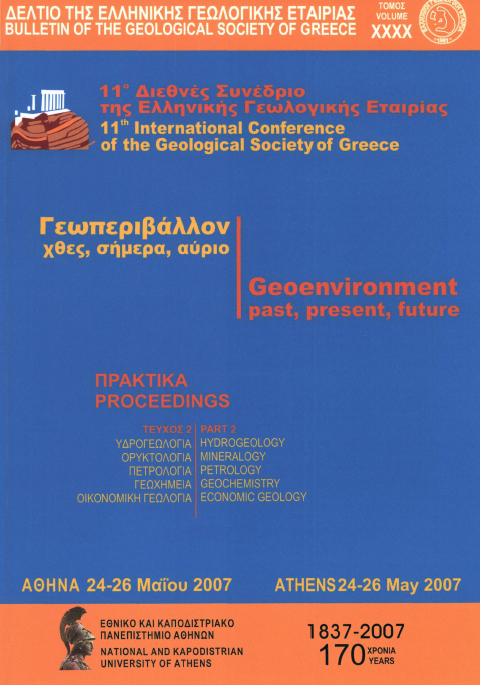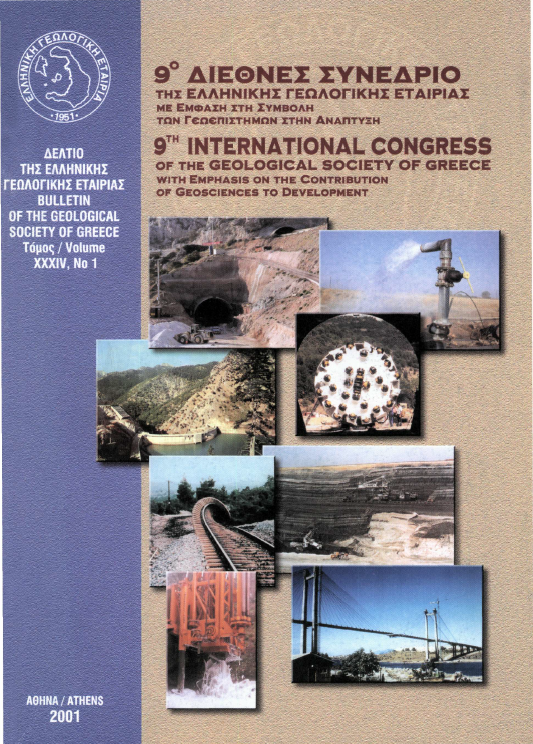Petrography and zircon morphology of syntectonic granitoids rocks of Hafafit area, South Eastern Desert (Egypt).
Résumé
The study deals with the petrography of the granitoid rocks intruding the five (A to E) domes of Hafafit Culmination. The morphological characteristics of zircon crystals are also examined, in order to elucidate the genesis of zircon and their host Hafafit granitoids. The granitoid rocks are tonalites, granodiorites and quartz diorites, all exhibiting gneissic texture. The zircon crystals from all the rock types intruding each one of the domes are examined in detail for colour, inclusions, crystal length, crystal width, elongation ratio, crystal form and habit, degree of roundness and corrosion, and are distinguished in groups on the basis of the previous characteristics. Two generations of zircons have been recognized; the first generation with magmatic features and the second one with post magmatic features. The first generation of zircon is attributed to the subduction, magmatic and deformation events while the second generation of zircon is attributed to metamorphism.
Article Details
- Comment citer
-
Thabet, I., Kilias, A., Koroneos, A., & Kamh, S. (2013). Petrography and zircon morphology of syntectonic granitoids rocks of Hafafit area, South Eastern Desert (Egypt). Bulletin of the Geological Society of Greece, 47(1), 438–448. https://doi.org/10.12681/bgsg.11019
- Rubrique
- Petrology and Mineralogy

Ce travail est disponible sous licence Creative Commons Attribution - Pas d’Utilisation Commerciale 4.0 International.
Authors who publish with this journal agree to the following terms:
Authors retain copyright and grant the journal right of first publication with the work simultaneously licensed under a Creative Commons Attribution Non-Commercial License that allows others to share the work with an acknowledgement of the work's authorship and initial publication in this journal.
Authors are able to enter into separate, additional contractual arrangements for the non-exclusive distribution of the journal's published version of the work (e.g. post it to an institutional repository or publish it in a book), with an acknowledgement of its initial publication in this journal. Authors are permitted and encouraged to post their work online (preferably in institutional repositories or on their website) prior to and during the submission process, as it can lead to productive exchanges, as well as earlier and greater citation of published work.

